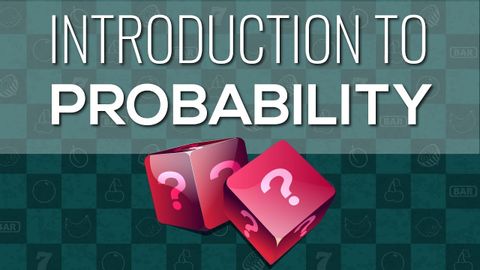確率とは何か|期待値・度数分布・補数 (What is probability | Expected Values, Frequency Distribution, Complement)
林宜悉 が 2021 年 01 月 14 日 に投稿  この条件に一致する単語はありません
この条件に一致する単語はありませんUS /spɪˈsɪfɪk/
・
UK /spəˈsɪfɪk/
US /ˌɪndəˈvɪdʒuəl/
・
UK /ˌɪndɪˈvɪdʒuəl/
- n. (c.)個人;個々の項目;個体;個人競技
- adj.個人用の;個人の;個々の;独特の
US /ˌɡærənˈti/
・
UK /ˌɡærən'ti:/
- v.t.品質保証する;約束する;支払い保証をする;法的保証
- n. (c.)製品保証;保証;担保
- n. (c./u.)条件;期間;学期;用語;関係;項;妊娠期間;任期
- v.t.称する
エネルギーを使用
すべての単語を解除
発音・解説・フィルター機能を解除

